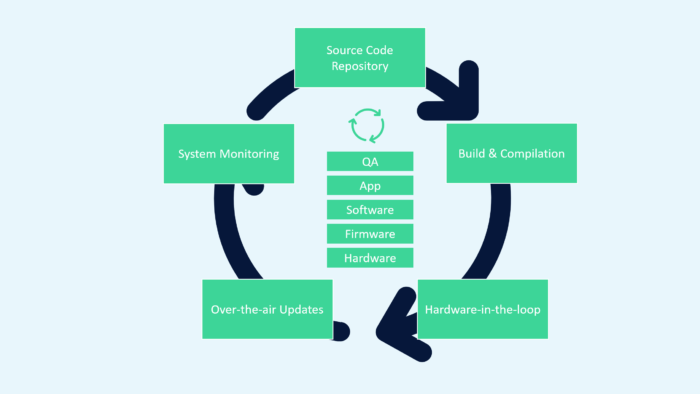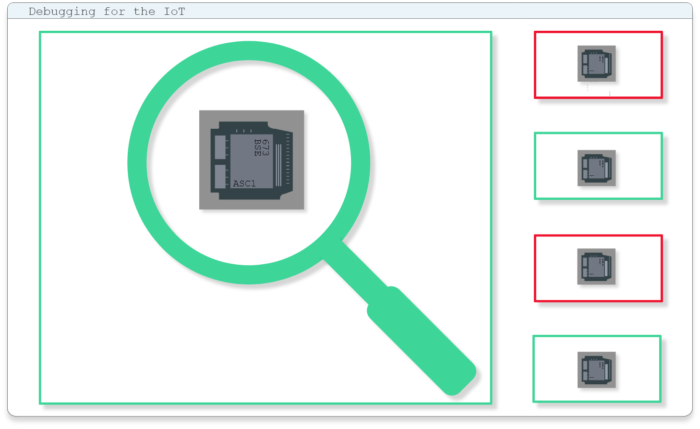Continuous integration (CI) is a software development practice in which developers regularly integrate their code changes into a shared repository, and automated builds and tests are run to ensure that the code changes do not break the build or negatively impact the software. CI can also be applied to embedded development, where it can help to improve the quality and speed by automating the testing and integration of hardware changes. Here are some best practices for implementing CI in hardware development:
1. Choose the right hardware testing tools
There are a variety of hardware testing tools available, including simulation tools, emulators, and real hardware testbeds. It is important to choose the tools that are most suitable for your hardware project based on factors such as the complexity of the hardware, the type of tests you need to perform, and the resources (e.g. time, money) available.
2. Choose the right environment
The hardware testing environment should be set up to match the production environment as closely as possible. This will help to ensure that tests run smoothly and accurately reflect the performance of the hardware in the real world.
3. Define the testing criteria
Clearly defined testing criteria can help to ensure that hardware tests are consistent and comprehensive. Testing criteria should include both functional and non-functional requirements, such as performance, reliability, and security.
4. Write and run automated hardware tests
Hardware tests should be automated and run every time new code changes are merged into the central repository. This can be done using a testing framework or tool that is compatible with the CI pipeline.
5. Analyze and report on hardware test results
The results of hardware tests should be analyzed and reported on in order to identify any problems or areas for improvement. This can be done using a tool or plugin that is compatible with the CI pipeline.
6. Continuously integrate hardware changes
To maximize the benefits of CI in hardware development, it is important to continuously integrate hardware changes into the shared repository and run automated tests. This can help to catch and fix errors early in the development process and speed up the delivery of new hardware features.
7. Collaborate with the software team
In many cases, hardware and software development are closely intertwined. It is important to work closely with the software team to ensure that hardware changes do not break the software and vice versa.
By following these best practices, you can effectively implement CI in your hardware development process and enjoy the benefits of automated testing and continuous integration.

